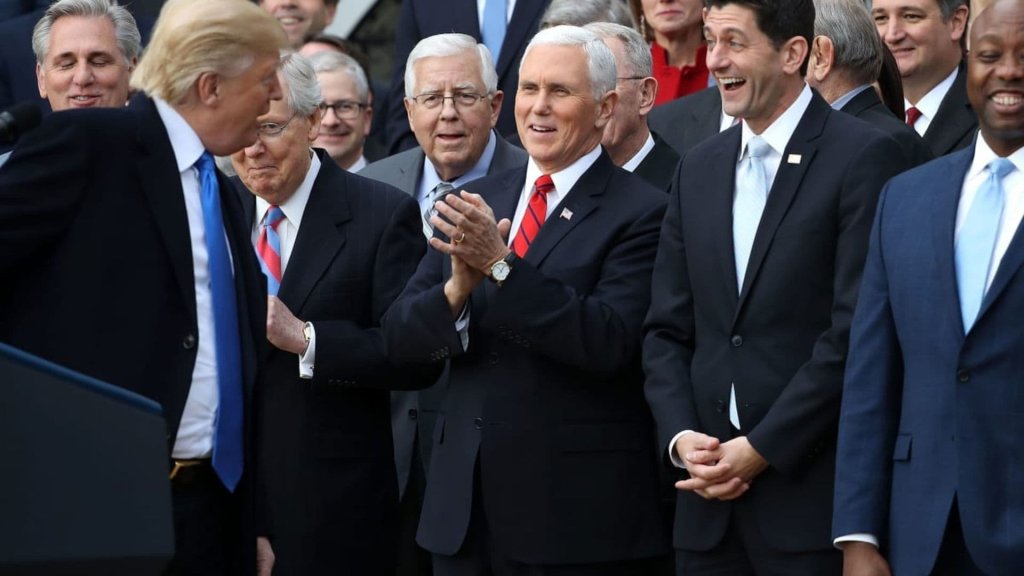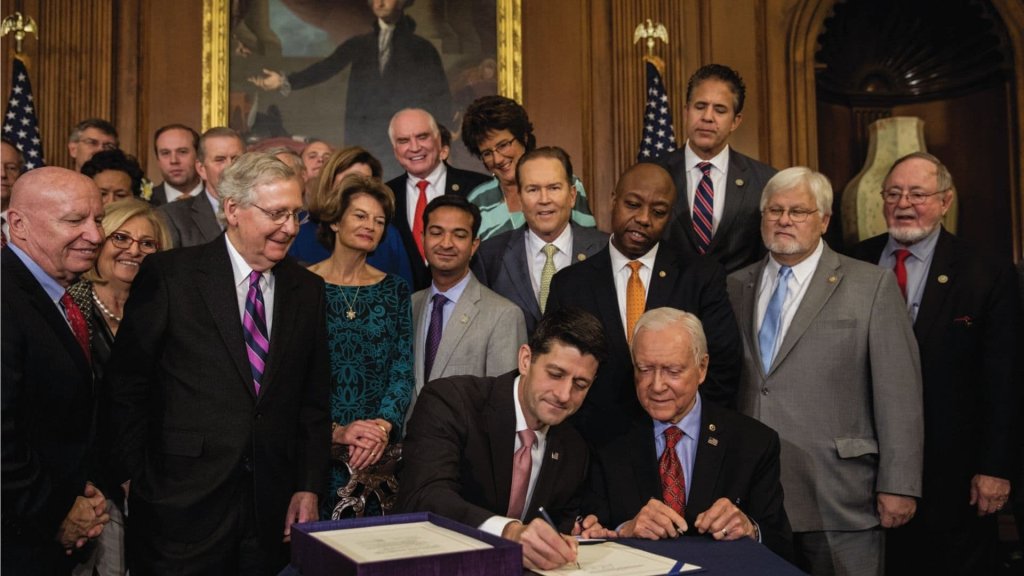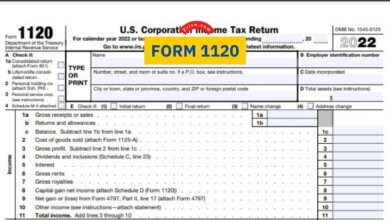What is the Tax Cuts and Jobs Act of 2017?
TCJA stands for the Tax Cuts and Jobs Act, which is a major tax reform law that was signed into law by President Trump in December 2017. Here's an overview of how the TCJA works, as well as its benefits and disadvantages:

The Tax Cuts and Jobs Act of 2017 (TCJA) is a landmark tax reform bill that was signed into law on December 22, 2017, by President Donald Trump. The TCJA represents one of the most significant changes to the U.S. tax code in decades, with a wide range of provisions that affect individuals, families, and businesses. The bill was designed to lower taxes for many Americans, promote job growth, and simplify the tax code. However, it has also been a subject of controversy, with some critics arguing that it primarily benefits the wealthy and corporations. This act has changed various aspects of taxation in the United States, and its impact continues to be felt today.

How Does TCJA Work?
The TCJA made significant changes to the tax code, including:
- Lowering tax rates for individuals and corporations
- Increasing the standard deduction and limiting itemized deductions
- Changing the child tax credit and creating a new family tax credit
- Reducing the alternative minimum tax (AMT) for individuals and corporations
- Increasing the estate tax exemption
- Changing the taxation of foreign income and foreign corporations
- Repealing the individual mandate for health insurance under the Affordable Care Act (Obamacare)
The TCJA is intended to simplify the tax code, reduce taxes for many Americans, and stimulate economic growth through business investment and job creation.
Benefits of TCJA
The TCJA has several potential benefits, including:
- Many individuals and businesses may pay lower taxes under the new law.
- The increased standard deduction and simplified tax brackets may make tax preparation easier for many taxpayers.
- Increased economic growth: The reduced corporate tax rate and other business-friendly provisions may stimulate investment and job creation.
Disadvantages of TCJA
The TCJA also has some potential disadvantages, including:
- The tax cuts may increase the federal budget deficit by as much as $1.5 trillion over the next 10 years.
- The tax cuts may disproportionately benefit wealthy individuals and corporations.
- The new law may introduce some new complexities, such as the new pass-through deduction and changes to foreign taxation.

The Last Five Years with TCJA
Here’s a review of the last 5 years of TCJA and its effects on Americans:
- The TCJA lowered tax rates for most individuals and increased the standard deduction. This resulted in lower tax bills for many Americans.
- The TCJA limited or eliminated some itemized deductions, such as state and local tax deductions and miscellaneous itemized deductions. This meant that some taxpayers who previously itemized may have switched to taking the standard deduction instead.
- The TCJA reduced the corporate tax rate from 35% to 21% and created a new 20% deduction for qualified business income. This was intended to stimulate business investment and job creation.
- The TCJA changed how foreign income is taxed, including creating a one-time tax on previously untaxed foreign earnings of US corporations.
- The TCJA increased the estate tax exemption from $5.49 million to $11.18 million per individual, reducing the number of estates subject to the tax.
- The TCJA repealed the individual mandate under the Affordable Care Act (Obamacare), which required individuals to have health insurance or pay a penalty.
The effects of TCJA on Americans have been mixed. Some individuals and businesses saw lower tax bills and increased investment, while others experienced higher taxes or limited deductions. The TCJA has also contributed to an increase in the federal budget deficit. Critics argue that the tax cuts disproportionately benefit wealthy individuals and corporations, while supporters believe that the law has spurred economic growth and job creation.
Overall, the full effects of TCJA on Americans are still being studied and debated, and it remains a controversial and politically charged issue.





